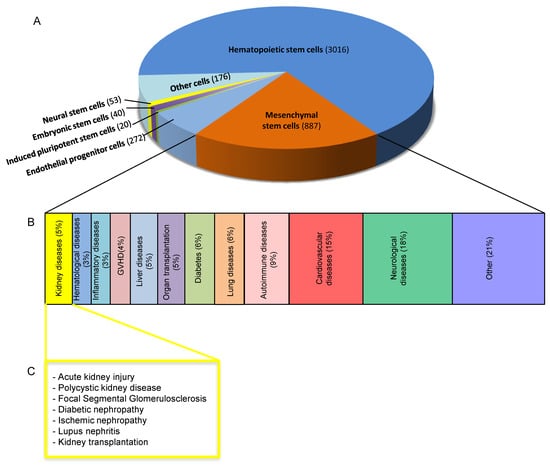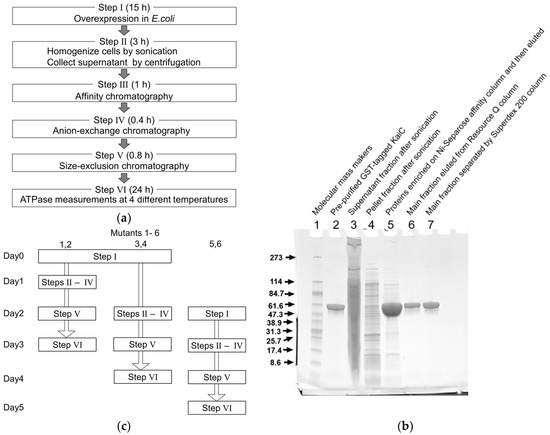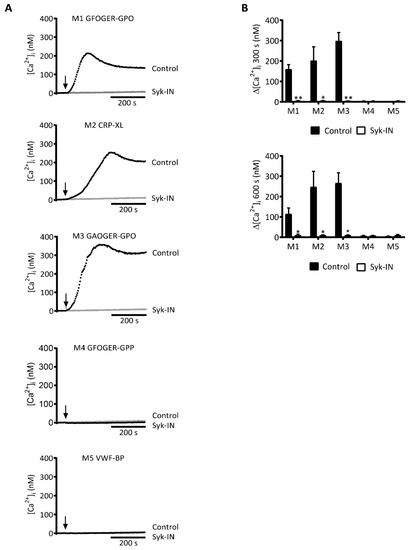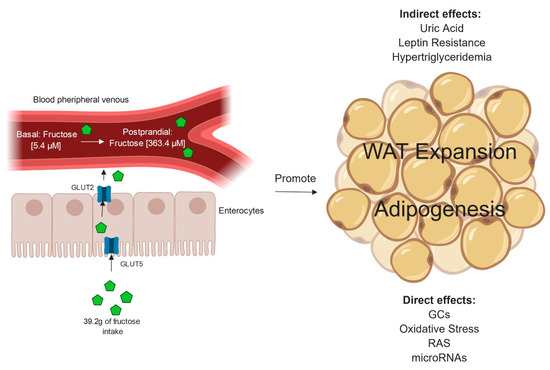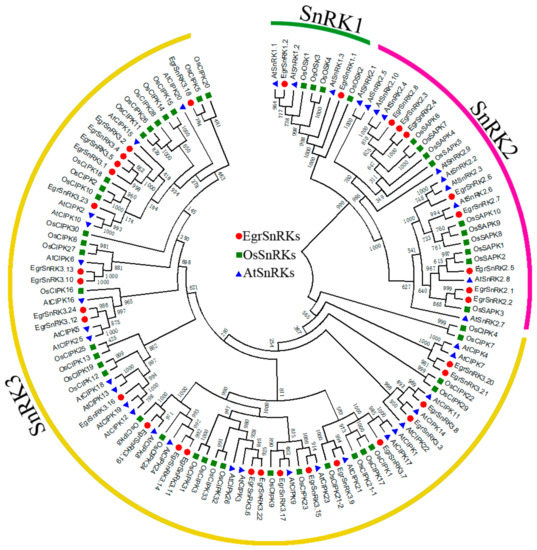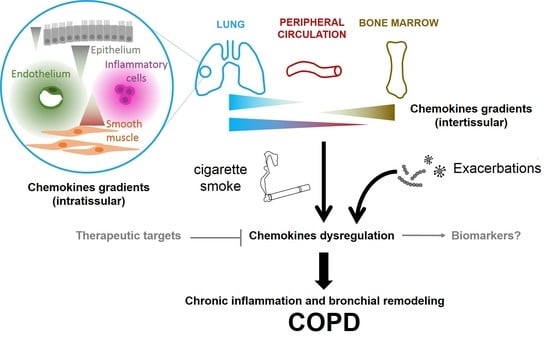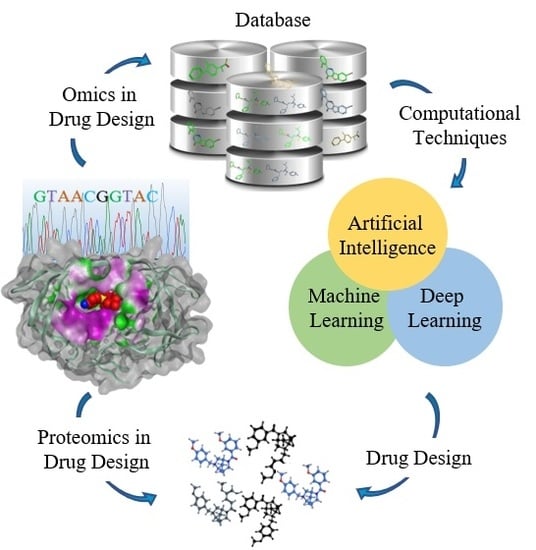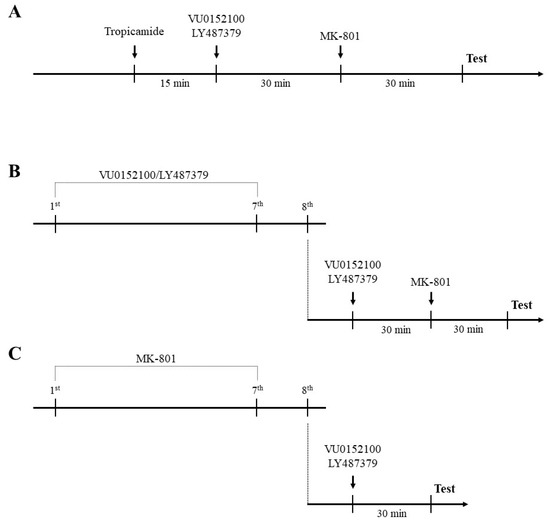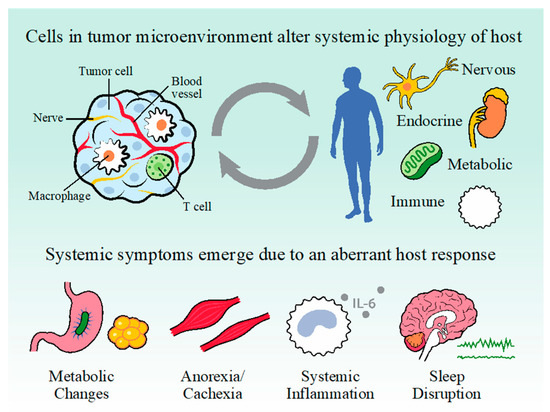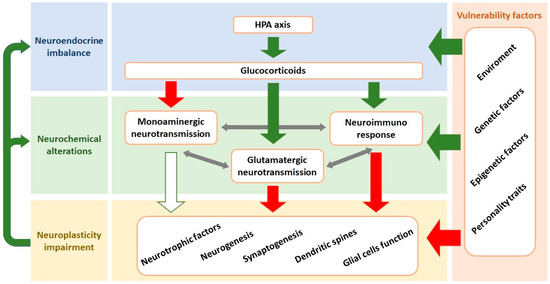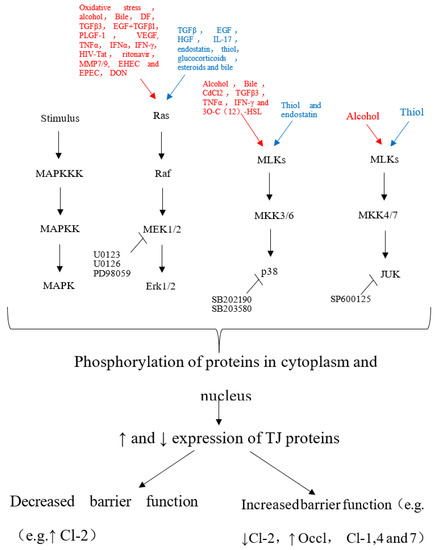Int. J. Mol. Sci. 2019, 20(11), 2790; https://doi.org/10.3390/ijms20112790 - 7 Jun 2019
Cited by 73 | Viewed by 15320
Abstract
The prevalence of renal diseases is emerging as a public health problem. Despite major progress in supportive therapy, mortality rates among patients remain high. In an attempt to find innovative treatments to stimulate kidney regeneration, stem cell-based technology has been proposed as a
[...] Read more.
The prevalence of renal diseases is emerging as a public health problem. Despite major progress in supportive therapy, mortality rates among patients remain high. In an attempt to find innovative treatments to stimulate kidney regeneration, stem cell-based technology has been proposed as a potentially promising strategy. Here, we summarise the renoprotective potential of pluripotent and adult stem cell therapy in experimental models of acute and chronic kidney injury and we explore the different mechanisms at the basis of stem cell-induced kidney regeneration. Specifically, cell engraftment, incorporation into renal structures, or paracrine activities of embryonic or induced pluripotent stem cells as well as mesenchymal stem cells and renal precursors are analysed. We also discuss the relevance of stem cell secretome-derived bioproducts, including soluble factors and extracellular vesicles, and the option of using them as cell-free therapy to induce reparative processes. The translation of the experimental results into clinical trials is also addressed, highlighting the safety and feasibility of stem cell treatments in patients with kidney injury.
Full article
(This article belongs to the Special Issue Kidney Injury: From Molecular Basis to Therapies)
►
Show Figures
